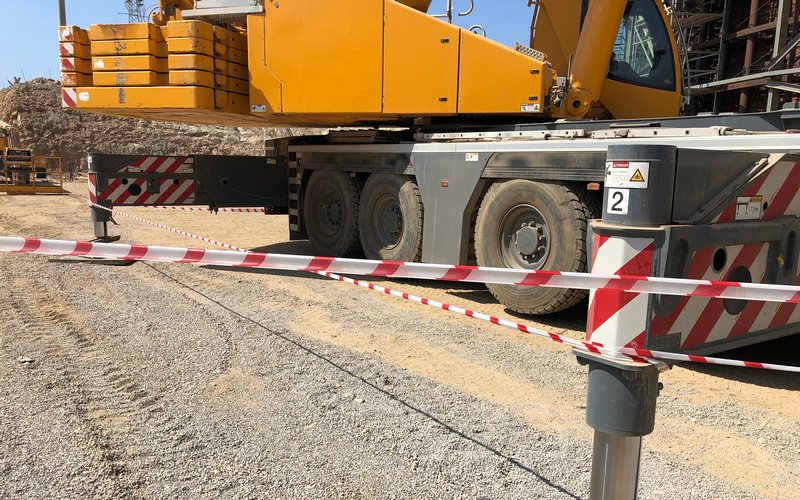Mastering Heavy Lifts in Tough Terrain: Why Rough Terrain Cranes Are A Game-Changer for Construction Projects
Navigating difficult terrain, particularly uneven surfaces, necessitates specialized equipment capable of safely managing heavy loads. This is where a reliable rough terrain crane rental proves beneficial. These cranes are designed to endure tough conditions without compromising quality. If you’re interested in discovering how they are a game changer and how to select the appropriate one, continue reading.
Small in Size but Mighty in Power
While most cranes can only operate in large spaces, what sets rough terrain cranes apart is their ability to operate in confined spaces thanks to their modest size and single-cab construction. This makes the crane perfect to use in oil refineries, congested industrial areas, and urban development.
Ideal to Operate in Tough Environments
As aforementioned, these cranes can operate on any surface with complete ease. Whether you’re talking about muddy roads, rocky surfaces, or sandy areas, they can handle it all and how! All of this is made possible thanks to their sturdy suspension, reinforced tires, and robust engines.
No Stress of Having to Assemble The Crane
While some cranes require days to set up, a rough terrain crane doesn’t need as much time. When they arrive, you can begin working on the project because they are provided on-site, ready to use. They can move objects effectively, lift large loads, and deploy rapidly due to their hydraulic boom mechanism. For brief and urgent lifting jobs, they are a popular option.
They Are Reliable and Dependable
A primary concern while lifting large objects is safety. Even on uneven terrain, the outriggers and counterweights built into rough terrain cranes give them more stability. In addition to preventing tipping over, this guarantees safe and dependable lifting operations.
Adapts to Severe Weather
Rough terrain cranes are built to withstand severe weather conditions, ranging from extreme heat to heavy rainfall. Their robust construction ensures peak performance even in tough environments, making them ideal for outdoor and remote uses.
How Do I Know Which Is Right for My Project?
Assessing Environment and Requirements Before Crane Selection
When choosing a crane, it’s essential to consider the working conditions. What kind of surface is it, rocky, sandy, muddy, or uneven? In addition, factoring in weather conditions is crucial. For example, in a region like Dubai, where hot weather dominates most of the year, most cranes are designed to endure such conditions. So one can be sure — even during engine overheating, the heat will not affect the work. It is also essential to consider the crane’s size, maximum lifting height, and load capacity. Once you assess these factors, selecting the appropriate model becomes significantly simpler.
Essential Safety Features
Rough terrain cranes need to have outriggers for stability on slopes or soft surfaces, strong tires for traction on uneven areas, protection from intense heat and dust, and contemporary safety features to avoid overloading and overturning. When it comes to renting heavy equipment, safety must always come first because of the challenging operating conditions.
Selecting The Appropriate Crane Capacity for Your Project Requirements
Each crane has unique characteristics of load capacity. The correct choice of model helps to avoid delays, reduce expenses, and minimize risks. As specialists in the industry, we recommend using cranes with a lifting capacity of 20–50 tons for small projects, 50–100 tons for industrial tasks and infrastructure works, and more than 100 tons for heavy construction, oil and gas operations, and large-scale projects. If you’re not sure and need help, contact Safest Lift — we’ll help you make the correct choice.



